The latest tweets from @hillaryclinton. The latest tweets from @HillaryClinton. Hillary Clinton. 9,850,799 likes 180,101 talking about this. 2016 Democratic Nominee, SecState, Senator, hair icon. Mom, Wife, Grandma x3, lawyer, advocate, fan of. 5.4m Followers, 135 Following, 1,337 Posts - See Instagram photos and videos from Hillary Clinton (@hillaryclinton). Hillary clinton today.
Since this is now became a common request by many, I decided to write a tutorial about Windows 9x (95/98/98SE/Me) usage on VirtualBox.So that you can install windows 7 on Virtualbox from ISO file. Now Browse to the Windows 7 ISO image file, then Select & Click on Open. Your windows 7 Virtualbox is ready to run. So Click on Start & it will start booting and loading the windows 7 files. You can see Windows 7 Virtual Machine Running properly.
- Use VirtualBox to Install Windows on the External Drive. This is the tricky part of the process, at least in the sense that we’re going to trick Boot Camp and the Windows installer into thinking your external drive is actually your main internal drive, or in the parlance of Windows, your C: drive.
- Perform the following steps to install on a Mac OS X host: Double-click on the dmg file, to mount the contents. A window opens, prompting you to double-click on the VirtualBox.pkg installer file displayed in that window. This starts the installer, which enables.
1. Installation - I won't cover here in detail, except few points.
Most CD-ROMs available for Windows 95/98 are not bootable, which means, that you must boot from DOS floppy, install DOS first and only then install Windows 95/98.
*It does require DOS skills*
Official bootable CD media is starting from 98SE. So if you're newbie, you should use Windows 98 SE bootable CD.
Additionally I strongly suggest to limit system RAM to 512 MB for those OSes. Otherwise it will crash. (There are workarounds, that allow Win 9x run on modern physical systems, but I won't go into detail here)
In some cases enabling or disabling AMD-V/VT-x can help you install the O.S.
For this tutorial, I presume, that you are able to install the OS.
Installing with ACPI:
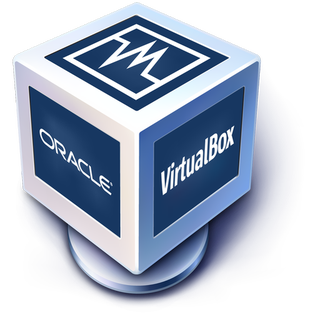
Install Windows On Macos Virtualbox
(contributed by Richard_S)Contrary to what you may have read here in some of the other VirtualBox Win98 threads, this is NOT because Win98se is a poorly written piece of antiquated crap that doesn't even know how to properly handle CPU IDLE.
Back when a lot of todays young Linux geeks were still pooping their dipiys, Win98 was already supporting ACPI functions to create greener PCs and help keep laptops from running down their batteries in 10 minutes (which is exactly what DID happen to me the first time I installed Linux on a laptop that was working FINE in Win98).
So, long story short, there is NOTHING really wrong with Win98, the problem is that VirtualBox's emulated BIOS doesn't fully match up with what Win98 expects a real ACPI BIOS to look like, so by default Win98 will not install ACPI support (and unfortunately, the older APM support doesn't handle CPU IDLE, so we get problems).
The solution is to FORCE ACPI support to be installed, by using the
/p j
command line switch when running the setup program that installs Win98.
This means that you can't just jam the virtual CD into the virtual CD drive and let 'autorun' take care of everything.
The best way to handle this is to simply move the Win98 install folder from the Windows 98 SE CD onto your virtual C: drive in VirtualBox, then change directory to that folder in a DOS prompt and run the setup program manually:
Virtualbox Mac Download
setup /p jThis will force ACPI power management (and the associated CPU IDLE functions) to be installed, and your Win98 virtual machine will consume no more system resources when running than a similar XP or Linux virtual machine.
2. Sound /Audio Integration.
In VirtualBox, you must enable Sound, and use 'Sound Blaster 16'.
It is available since VBox 1.6.0.
The procedure for installation is rather simple:
NOTE: The procedure below is only needed if you switch from AC'97 to SB16.
It is not needed, if you create new VM with SB16, then install Win98 on it.
2.1. Delete your sound card device and all unknown devices from 'Device Manager'.
2.2 Add New Hardware (from Control Panel).
- Code: Select allExpand viewCollapse view
[img]http://img178.imageshack.us/img178/2780/win98soundscreenshot01xg6.png[/img]
- win98soundscreenshot01xg6.png (44.95 KiB) Viewed 827729 times
- Code: Select allExpand viewCollapse view
[img]http://img502.imageshack.us/img502/3426/win98soundscreenshot02sd3.png[/img]
- win98soundscreenshot02sd3.png (39.97 KiB) Viewed 827729 times
2.3 Select 'no, device is not listed in the list'.
- Code: Select allExpand viewCollapse view
[img]http://img397.imageshack.us/img397/7972/win98soundscreenshot03so7.png[/img]
- win98soundscreenshot03so7.png (40.95 KiB) Viewed 827729 times
2.4 Let Windows search for non-plug'n'play devices.
- Code: Select allExpand viewCollapse view
[img]http://img168.imageshack.us/img168/1111/win98soundscreenshot04gd2.png[/img]
- win98soundscreenshot04gd2.png (42.2 KiB) Viewed 827729 times
2.5 It will manually detect non-plug-n-play devices. Click on 'Details' to show them.
- Code: Select allExpand viewCollapse view
[img]http://img413.imageshack.us/img413/9726/win98soundscreenshot05yx4.png[/img]
2.6. It will find 'Soundblaster 16 or AWE 32 or compatible'.
- Code: Select allExpand viewCollapse view
[img]http://img413.imageshack.us/img413/2001/win98soundscreenshot06me3.png[/img]
- win98soundscreenshot06me3.png (39.92 KiB) Viewed 827729 times
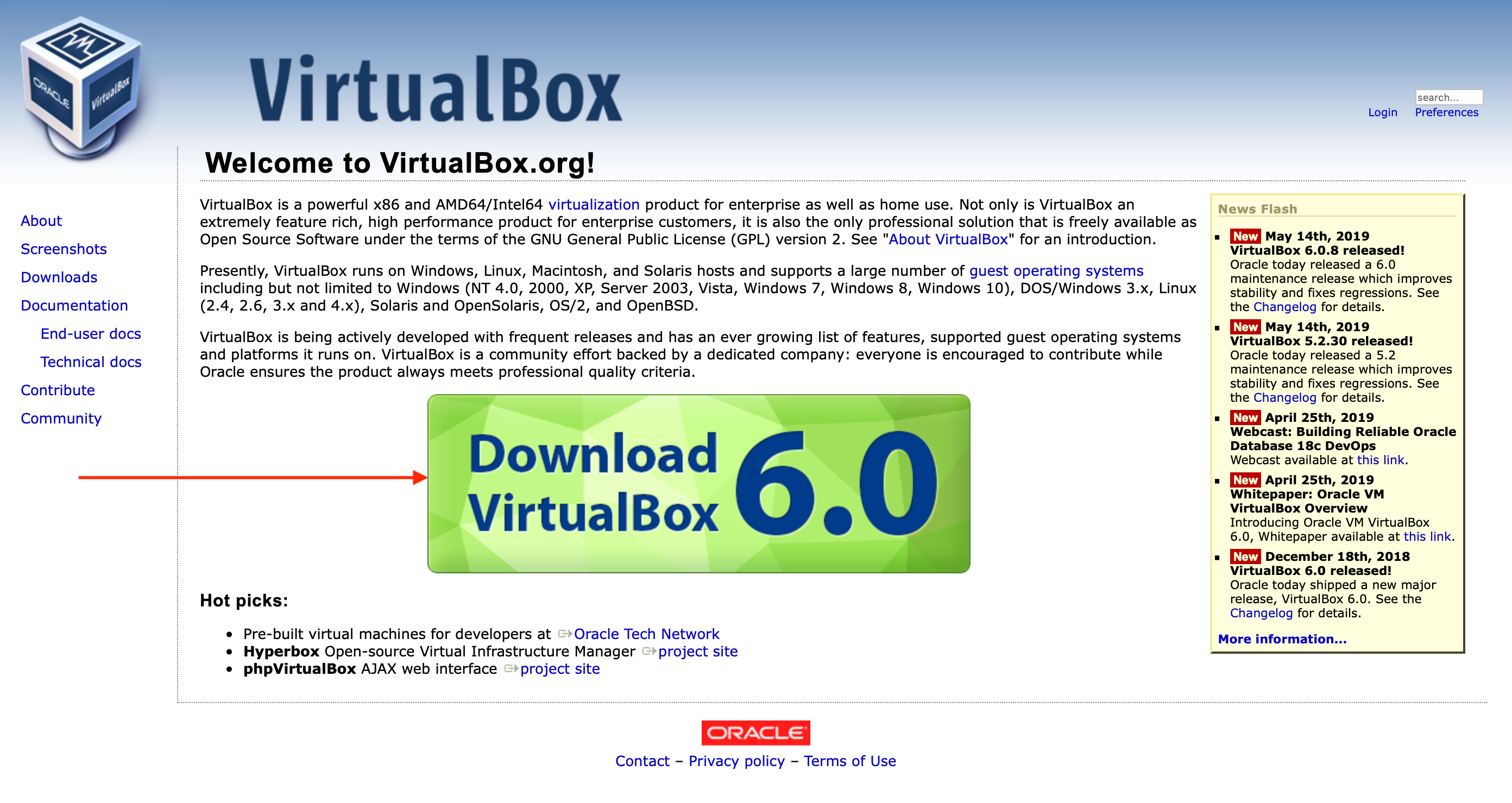
2.7. Restart the VM.
3. Video driver integration.
By default Windows 98 will run only in 640x480 resolution, 16-colors.
Performance Note: VirtualBox is not optimized for 16-colors (4-bit) emulation. It works very slow this way.
Having 32-bit True Color driver makes Win98 VMs run on VirtualBox *much* faster.
If you want True color or high resolution, you need to download special drivers.
3.1. bearwindows driver (unstable)
http://bearwindows.zcm.com.au/
NOTE: You must install 'Universal version' (2nd link), as the 'VirtualBox' version is known to have problems.
WARNING: This driver is buggy, and many Windows fonts do not render correctly with it. Not recommended.
3.2. SciTech Display Doctor (recommended)
The second option is to get the SciTech Display Doctor version 7 beta driver (12 MB) -
(contributed by Richard_S)
https://www.dropbox.com/s/226caou8x0jf8 .. ctor-7.iso
-or-
https://docs.google.com/open?id=0BycgkM .. UhnWGRycVE
The driver is a high quality commercial grade video driver (even includes some software emulated Open GL 3D support), and it does include an exe installer program.
Despite having an installer, the SciTech Display Doctor is a little tricky to get going. After the program launches, you have to find the little round radio button link to click to 'enable' the new driver (otherwise you still have VGA). Even then, you can't select any higher resolution modes until you ditch the 'default monitor' and select one of the 'Super VGA' types.
After fiddling around with the above changes and rebooting several times you should be able to select 800x600 or 1024x768 (or higher) resolutions with 32 bit color depth. (setting 32 bit color mode optimizes the interface with Virtualbox and really speeds things up)
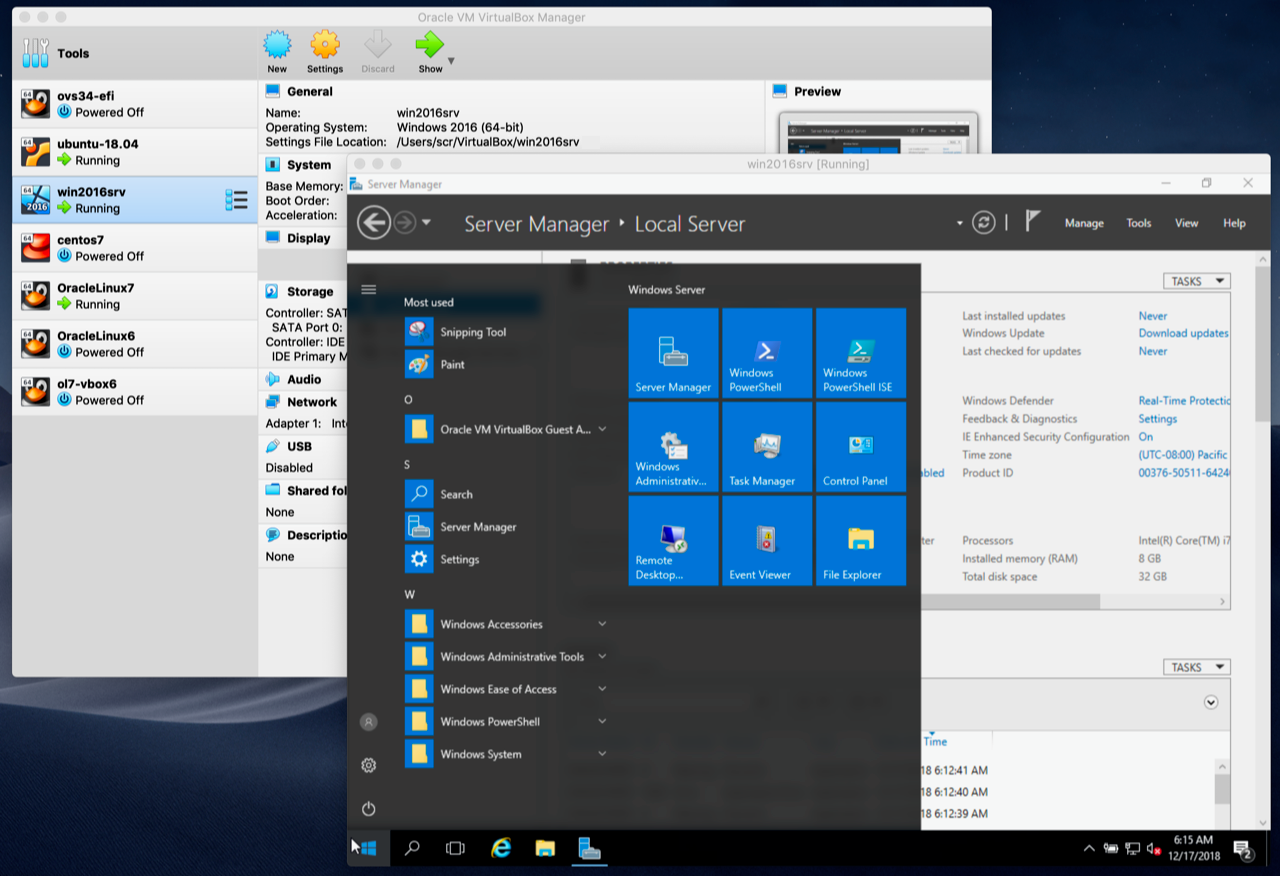 4. Network
4. NetworkEasiest thing, is to setup VirtualBox to NAT, and AMD PCnet-II network chip. It will be auto-detected by Win 9x.
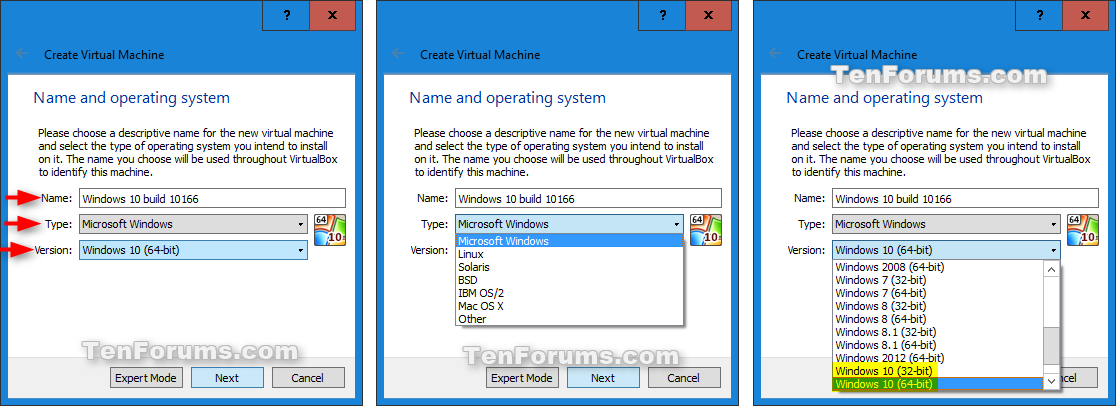 5. Mouse
5. Mouse(contributed by stefan.becker)
VirtualBox 4.1 provides for Windows-98-compatible USB tablet device.
Enable USB Tablet: VM->Settings->System->Enable Absolute pointing device
then do: (enable Windows-98 mode)
VBoxManage setextradata 'VM name' 'VBoxInternal/USB/HidMouse/0/Config/CoordShift' 0
docs: '12.3.8 USB tablet coordinates .. in Windows 98 guests'
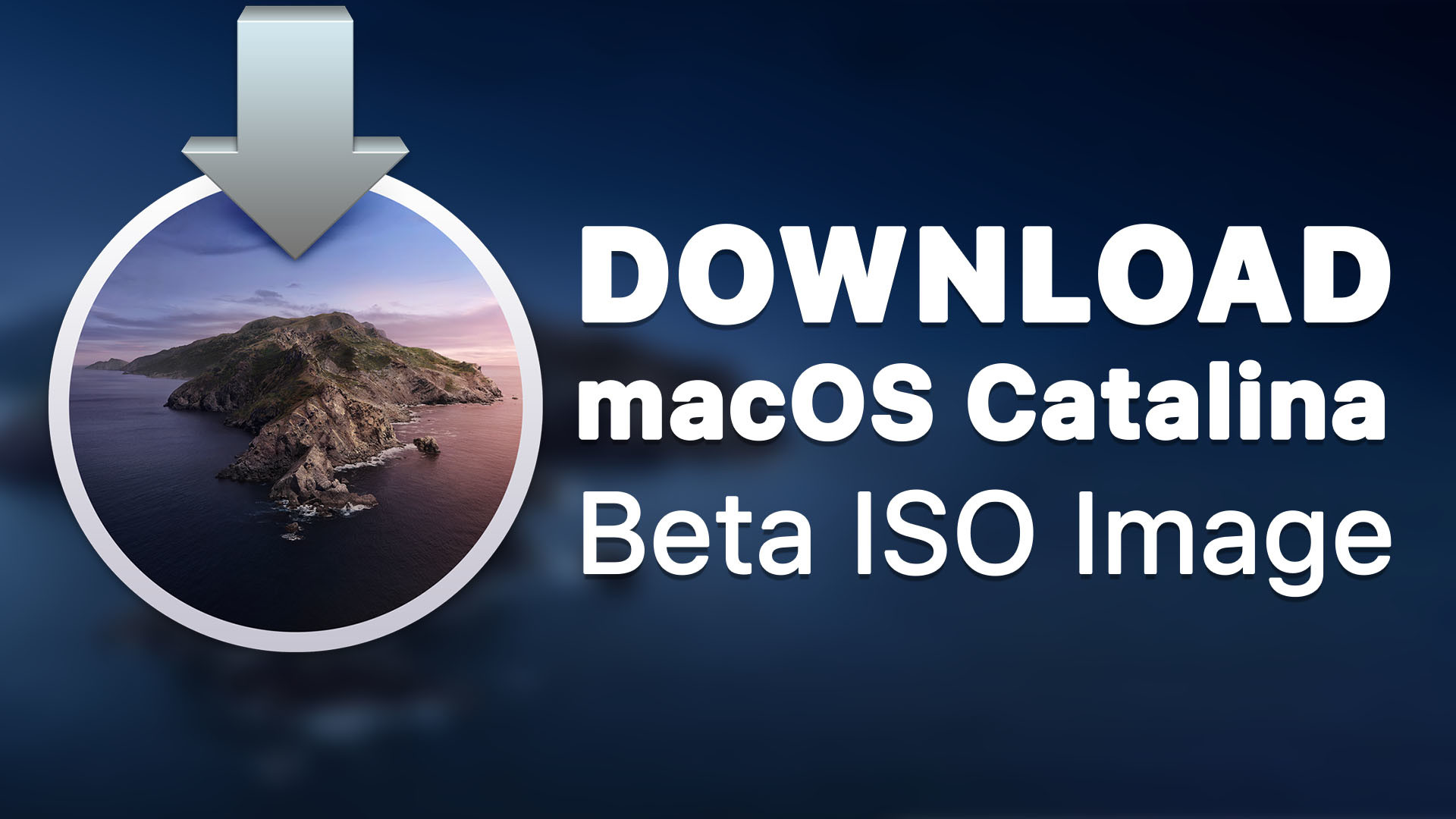
6. Shared Folders
Since VirtualBox shared folders won't work, there are other ways, such as SMB/Windows File Sharing. Recommended for Windows hosts.
(Tested with VBox 2.1.2.-- and was successful with 'bridged' network. I had no success with NAT.)
WARNING: I admit that with VirtualBox the network is very unstable, presumably due to very slow performance of Win 9x guests under VBox.
For Unix hosts, WinSCP is recommended.
Another way of read-only file sharing is to create a virtual CD-ROM *.iso file on the host and insert it into the guest VM.
7. Clipboard Host<=>Guest
(contributed by stefan.becker)
Clipboard integrated in VirtualBox only works with the Guest Additions, so not for Windows9x. But there is another solution: Clipboard over TCP/IP.
A Solution tested successfull with Linux Host is ShareClip: http://homepage.mac.com/bnej/shareclip/
-Technologov
Written on 2.9.2008, updated on 18.07.2011.
Please discuss this tutorial here
How To Install Windows On Virtualbox Mac Without Cd
This topic is only for additions to this tutorial. Do not ask questions about how to get something working. Use a separate topic for that.If you want to be able to run Windows 10 (or another version of Windows) on your Macbook, you have a choice between installing Windows alongside macOS or running virtualization software and creating a Windows virtual machine. In the first case you will have two operating systems (macOS and Windows) installed and will be able to select at startup which one to run. In the second case you will have an app which will act as a virtual computer; you will be able to open the app and run Windows inside of it. When it comes to virtualization software, Oracle’s VirtualBox is an excellent free alternative to Parallels Desktop and VMware Fusion. This articles provides step-by-step instructions on how to install VirtualBox and create a Windows virtual machine.
How to Install Windows on a Macbook With VirtualBox
Download Windows ISO file
- Go to Microsoft’s Windows 10 disk image download page.
- Select Windows 10 from the drop-down menu and click Confirm.
- Select preferred language from the next drop-down menu and click Confirm.
- You will be offered to download a 32-bit or a 64-bit version of Windows 10. Unless your Mac is more than 10 years old, select 64-bit.
- Save the file.
Download and Install VirtualBox
- Download VirtualBox from its site: select a package for OS X hosts.
- Open the DMG file you’ve downloaded and launch VirtualBox.pkg.
- Click Continue if prompted.
- Change where to install VirtualBox if need be and click Install.
- Enter your Mac login and password if asked to.
- If you see System Extension Blocked pop-up, click Open Security Preferences. Otherwise go to step 10.
- Click Allow next to System software from developer “Oracle America, Inc.” was blocked from loading. Close Security & Privacy window.
- Close the installation window (click Keep when prompted to move the installer to Trash).
- Repeat steps 2-5.
- Wait until the installation is complete and close the window.
Create a New Virtual Machine
- Go to Applications and launch VirtualBox.
- Click New.
- Create a name for your new virtual machine and select which version of Windows you want to install (select a 64-bit version unless your Macbook is more than 10 years old, in which case you’ll need to find out if your processor is 32-bit or 64-bit). Click Continue.
- Select how much RAM will be allocated to the Windows virtual machine (stay in the green zone). Click Continue.
- Select Create a virtual hard disk now. Click Create.
- Select VHD (Virtual Hard Disk). Click Continue.
- Select Fixed size (preferably). Click Continue.
- Select the size of the virtual disk. Click Create.
- Click Start.
- If prompted to select a virtual optical disk file, click on a folder icon.
- Click Add, select Windows ISO file you’ve downloaded back in the beginning and click Start.
- When prompted to open System Preferences you may click Deny.
Install Windows
- Choose your preferred language, time and currency formats and keyboard or input method. Click Next.
- Click Install now.
- Enter Windows license key to activate Windows and click Next. If you don’t have it right now, click I don’t have a product key.
- Select which operating system you wish to install (Windows 10 Home will do if you are getting Windows for your personal use) and click Next.
- Accept license terms and click Next.
- Click Custom: Install Windows only (advanced).
- Click Next.
- Wait until the installation is complete.
- Wait while the virtual machine restarts (don’t press any keys).
Finish installing Windows
- Confirm your region and click Yes.
- Confirm your preferred keyboard layout and click Yes.
- Select a second keyboard layout if you want.
- If asked to, select which network to connect to or click I don’t have Internet in the bottom-left corner.
- Select if you install Windows for personal use or for an organization and click Next.
- Enter your Microsoft credentials or, if you don’t have a Microsoft account and don’t wish to create one right now, select Offline account in the bottom-left corner and then Limited experience in the bottom-left corner. Proceed to create an offline account.
- Decide if you want to have a digital assistant (Cortana) and adjust privacy settings.
This is it! You now have a Windows 10 virtual machine running on your Mac. Next time you’ll need it, just open VirtualBox, select the virtual machine you’ve created and click Start.
